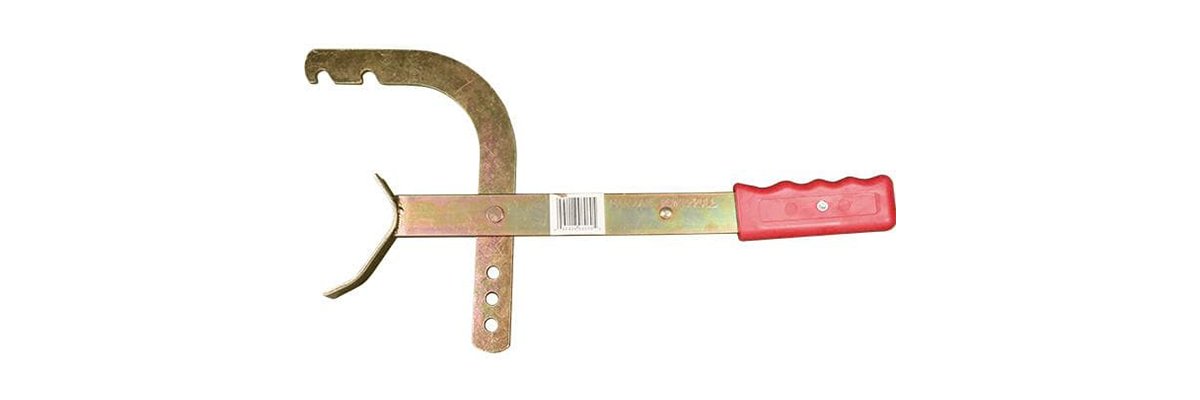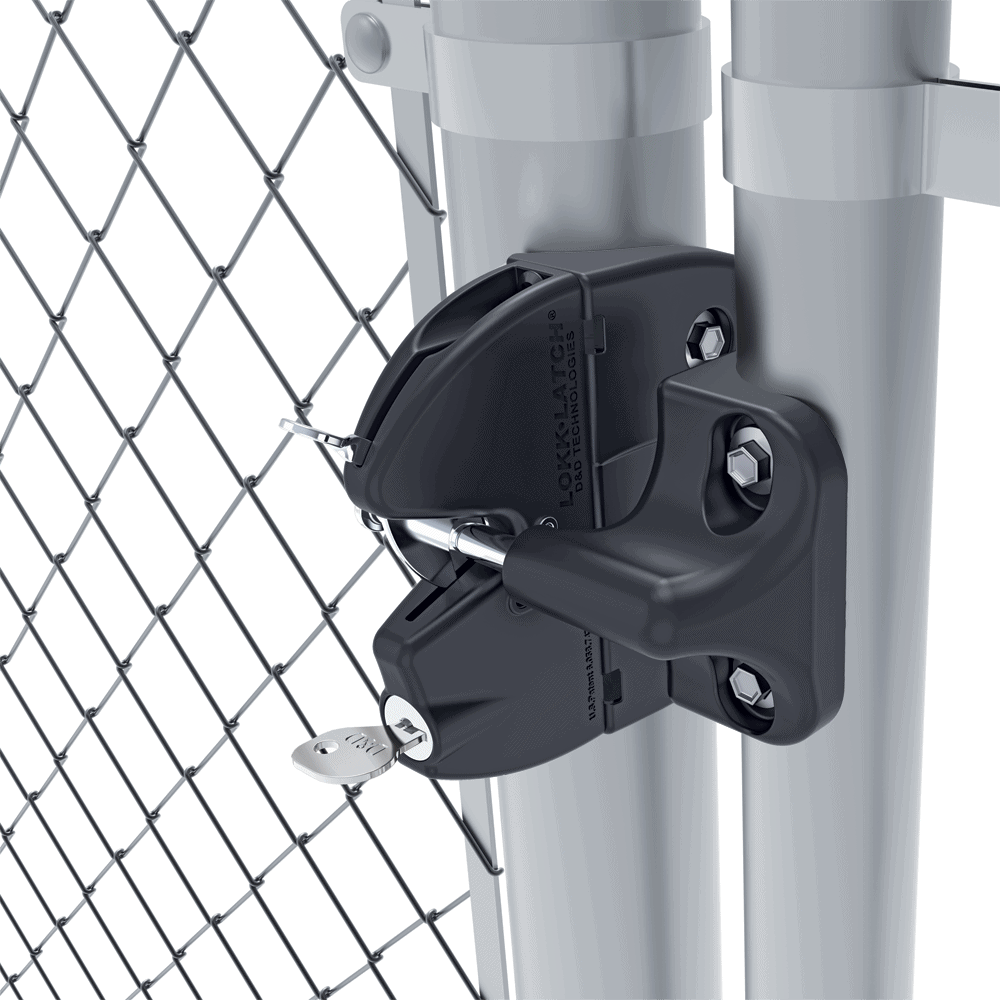When it comes to chain link fencing, understanding the difference between pipe and tubing is crucial for a successful installation. Both pipe and tubing play essential roles in the structure and durability of the fence, but they are not interchangeable. Let's dive into the specifics of each to clarify their distinctions.
What is Pipe?
Pipe in chain link fencing refers to the hollow cylindrical sections that form the framework of the fence. These pipes are typically made of steel and come in various diameters and thicknesses. The primary function of pipe in chain link fencing is to provide structural support and stability to the overall fence system.
What is Tubing?
Tubing in chain link fencing is similar to pipe but has some distinct differences. Tubing is also hollow and cylindrical, but it is often thinner and more flexible than pipe. Tubing is commonly used for the top rail of chain link fences, providing a smooth and rounded finish to the structure.
Key Differences Between Pipe and Tubing
1. Diameter: Pipe typically has a larger diameter than tubing, making it more suitable for vertical support posts in chain link fencing.
2. Thickness: Pipe is generally thicker and sturdier than tubing, offering greater strength and durability for the fence framework.
3. Usage: Pipe is commonly used for the main support posts, corner posts, and gate posts, while tubing is often used for the top rail to create a finished look.
Understanding the distinction between pipe and tubing in chain link fencing is essential for selecting the right materials for your project. By choosing the appropriate components, you can ensure a sturdy, long-lasting fence that meets your specific needs.










